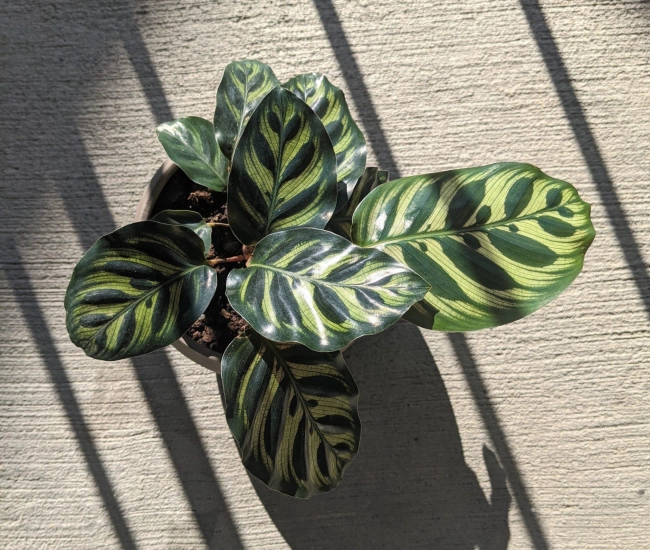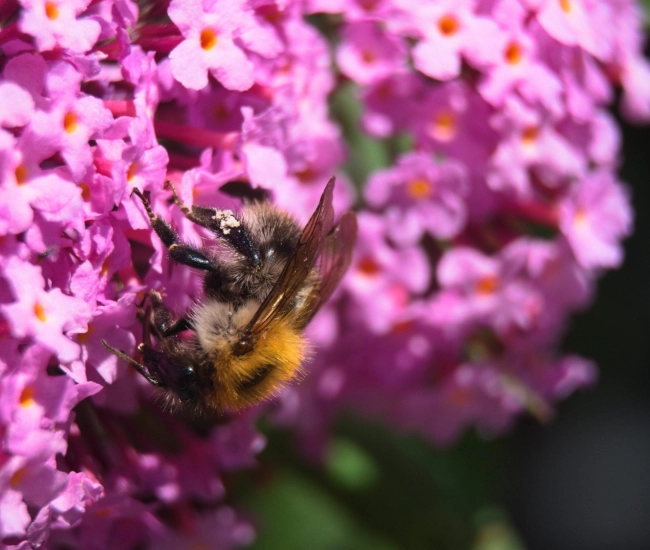
Text and photos by Laura Pigeon
For a few years now, social media and magazines have been showing us beautiful interior settings featuring magnificent plants. These are very trendy in our decor, and it's easy to succumb to temptation during a little visit to the nursery. However, several aspects need to be considered when buying a plant. Depending on our lifestyle, some may not suit our habits. I know that many plants can be very attractive and even sublime, but they are sometimes much more complex to maintain than we think.
The important points to consider before buying a plant are as follows: the time you can dedicate to them, the amount of light you can offer them, the ambient humidity, and their toxicity for children and animals.
Taking care of plants takes time!

Before buying a new plant, it's important to ask yourself if you have the time to take care of it. If you travel a lot and are not often at home, it's really not a good idea to buy a plant that requires a lot of care, like the calathea. It is difficult because it requires a lot of ambient humidity and needs to be watered frequently. I would instead recommend a ZZ plant or a sansevieria, which do not need much water.
Light

This is often the most important aspect when buying a plant. It's essential to learn about your plant's sunlight needs when purchasing it. If you have a large south-facing window, placing a maranta, ctenanthe, calathea, or stromanthe there would not be ideal as they would likely burn in the sun. I recommend checking the place where you want to put a plant before buying it. You just need to ask your Passion Jardins retailer for advice so they can recommend a plant based on your light needs. Few plants thrive in direct south-facing sunlight, just as few plants can live in a north-facing room without sunlight. If the light is low in your home, I advise adding grow lamps, especially in the fall and winter.
Humidity
 A large number of houseplants are tropical plants. They are therefore very happy when the ambient humidity level is between 60 and 80%. However, in our homes, this level is a bit more difficult to reach in winter. On my side, I still manage to maintain alocasias, ctenanthes, and stromanthes well, even though the heating is on. However, I heat my house with electricity, which makes the air much less dry than wood heating. So, if you heat with wood, some tropical plants that require a lot of humidity may simply not survive. What to do to increase humidity? Buy a small glass shelf to use as an "indoor greenhouse," place a humidifier near the plants, and group them together.
A large number of houseplants are tropical plants. They are therefore very happy when the ambient humidity level is between 60 and 80%. However, in our homes, this level is a bit more difficult to reach in winter. On my side, I still manage to maintain alocasias, ctenanthes, and stromanthes well, even though the heating is on. However, I heat my house with electricity, which makes the air much less dry than wood heating. So, if you heat with wood, some tropical plants that require a lot of humidity may simply not survive. What to do to increase humidity? Buy a small glass shelf to use as an "indoor greenhouse," place a humidifier near the plants, and group them together.
Plants such as pothos, philodendrons, hoyas, scindapsus, ficus, cacti, and succulents will be ideal for a dry environment.
Toxicity

This is a final point not to be overlooked! If you have young children or animals, it's very important to check if the plant you're bringing home is toxic or not. Some can even be fatal to our furry friends. Among the plants I know, monstera, croton, and dieffenbachia are extremely toxic. In fact, almost all my plants are toxic, and I have two cats aged six and eight. They are not at all interested in my plants, and I have trained them not to touch them. (Yes, yes, a cat can be trained too! But it takes a bit of time, haha!)
That concludes this article! I hope this will help you with future purchases.
Tips and advice



